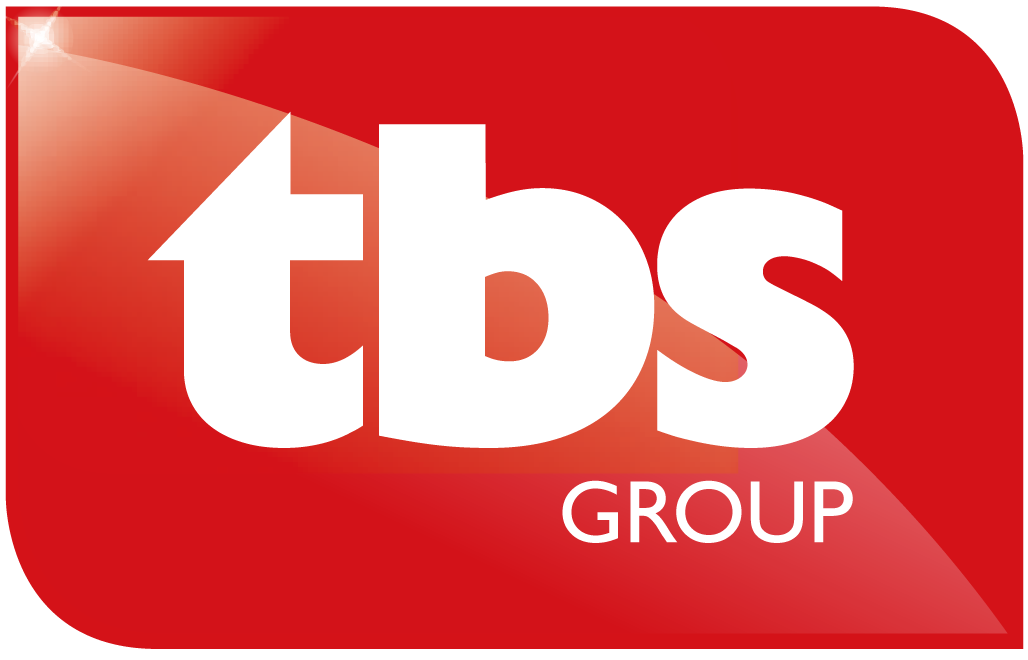A Complete Guide to AquaClad Wall Panels (2019)
28 May 19
What is AquaClad?
Aquaclad is a 10mm thick PVC waterproof panel that takes on the finished appearance of tiling. Despite it being lightweight PVC, it’s rigid and strong with a thick gauge on the front and back to ensure that it keeps its shape and forms in different environments.
AquaClad’s innovative design and resistant materials make it suitable for showers, bathrooms and wetrooms. Not to mention it’s quicker, easier and more cost-effective than tiling—the most common bathroom installation alternative—and it is virtually maintenance free in the long run.
Choosing the wrong cladding for their environment is a common issue e.g., using a light cladding in commercial environments that don’t allow for humidity, hot water or the impact of chemicals. However, with so many advantages behind it, AquaClad displays its suitability in the tougher environments where other claddings ail.
That’s why it’s a better solution, both aesthetically, maintenance wise and hygienically than other alternatives on the market. Plus, it looks just as good as tiles—a common concern of those who don’t fully believe in the adaptability and capability of Aquaclad.
How to fit AquaClad?
Aquaclad is an easy to install solution for bathrooms and wetrooms. Its installation efficiency far exceeds that of tiling and with the correct TBS products to go alongside the installation process, getting AquaClad to look great and work properly is a breeze.
TBS supplies the required edge trims for internal or external corners and then the sheet goes together by itself as it has tongue and groove edging. Find more information on fitting AquaClad below:
- Start by fitting an End U Cap or Scotia Trim as required to the wall.
- Apply a continuous thick bead of adhesive around the periphery edge of the panel (50mm in from the panel edge), followed by further horizontal beads of adhesive spaced at 450mm centres across the back of the panel.
- Angle the panel edge fully into the previously fixed starting profile trim and firmly locate the panel onto the wall so that the adhesive on the back of the panel makes full contact with the wall at all points.
- Where a timber batten frame system has been fixed to the walls apply the beads of adhesive to the battens first rather than the back panel and then locate the panel in the same manner onto the adhesive/battens.
- Apply panel adhesive to the reverse of the next panel and fully insert the panel’s tongue into the previous panel’s groove adding a small silicone bead at the joint.
- If H type mid-joint trims are being used to cover panel joints the H joint profiles adhere using panel adhesive.
AquaClad: What are the benefits?
Due to the rigidity of the AquaClad material, it bonds well and holds its shape once applied. This ensures that it doesn’t undulate and it prevents the need for multiple pressure points. It also resolves the issue of requiring support whilst adhesive cures behind the panel.
An issue that often arises during the cladding process is that walls are not square or finished smoothly so it is difficult to bond a conventional cladding like our Plasiax Pure sheet. At TBS we stock materials that help you achieve the solutions you need by giving our consumers the versatility to adapt to challenges. Not to mention our knowledgeable team are always happy to offer advice or assistance.
AquaClad’s durable but simple application makes it a step up from more complicated cladding options such as tiling yet again. Not to mention that it is just as resistant to damages and scratching as tiles are so offers efficiency at the beginning of its application and throughout.
AquaClad is also resistant to cracking if it has been properly adhered and is not met with unacceptable levels of impact.
Many consumers do not consider these benefits because they believe AquaClad to be a cheap and unsuitable poor counterpart to tiles. However, the finishes that Aquaclad offer can be just as impactive as other wall cladding options. AquaClad is available in a variety of colours and finishes, including marbles and stone which look exceptionally realistic once installed.
Can AquaClad be used as a shower panel?
Yes! AquaClad is made from PVC which is resistant to moisture. Once the cladding has been sealed around the edges it provides an impervious finish that water can’t get to!
In fact, shower panels are one of the most common uses of AquaClad. It comes in a 1000mm x 2400mm sheet so it’s a very versatile size for the two walls of a shower. In fact, it can be cut down to become suitable for any installment in a bathroom.
Looking for AquaClad Stockists?
TBS is a family run business that holds its values close to its chest. We are all about putting the customer at the forefront and meeting whatever challenge is required to comply with their needs.
We pledge to support you through your projects, which is why we offer such versatile and efficient products like the AquaClad to get you on the way to that sweet project completion. Innovative materials resonate with our constant desire to progress and develop new concepts to help our valued customer base.
Choose choice, speed, quality and value with TBS polycarbonates today by having a look through our huge (over 1,2000) range of hygiene cladding products.
Got a question or enquiry? Our forward thinking team are always happy to help so contact us on 01992 622 823 or email sales@tbspoly.com. Or you can visit one of our trade counters!
This article was written by William Gresswell
William started at TBS in 2008 after leaving upper sixth form working in fabrication and cutting, he started on the trade counter and has worked through to business development. William actually worked part-time at TBS during holidays from a young age until he officially started full-time. William has completed a 2-year advanced business management course, a course with the chartered institute of management accountants (CIMA) and holds City and Guild certificates in basic electrics, plumbing, brickwork and carpentry.







